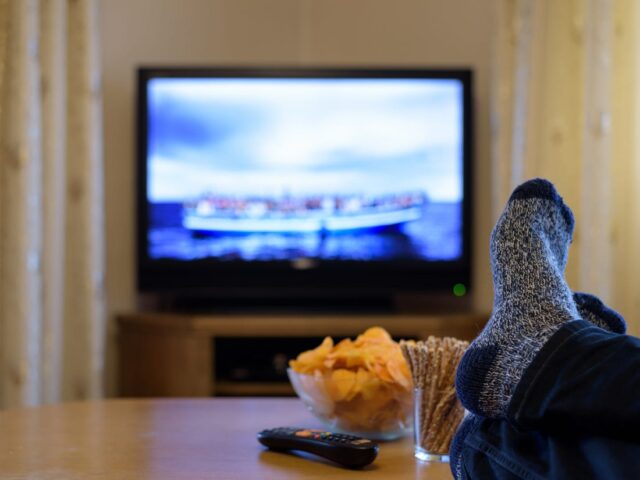
Whatever problem we have, we always strive to solve it, especially when it comes to practical things. So, if you have a problem with a bad image due to a signal or any problem that tells you that your antenna is not in good condition – at least it’s simple, fix it. However, you will certainly know that something is not right because your TV will warn you that you do not have a signal.
If you are not familiar with how to behave with the signal, read this text to the end and find all the information that may interest you. Below we will explain how this is possible with a few tips. So, all you need to do is follow our instructions and you will surely improve the performance of your receiver.
When it comes to ending up with a bad picture, most of us assume there is a problem with a weak signal. However, the problem with the signal can be various and you might just have a problem with too many signals. So keep reading to better consider ways you can solve the problem.
1. Raise the antenna to a higher height
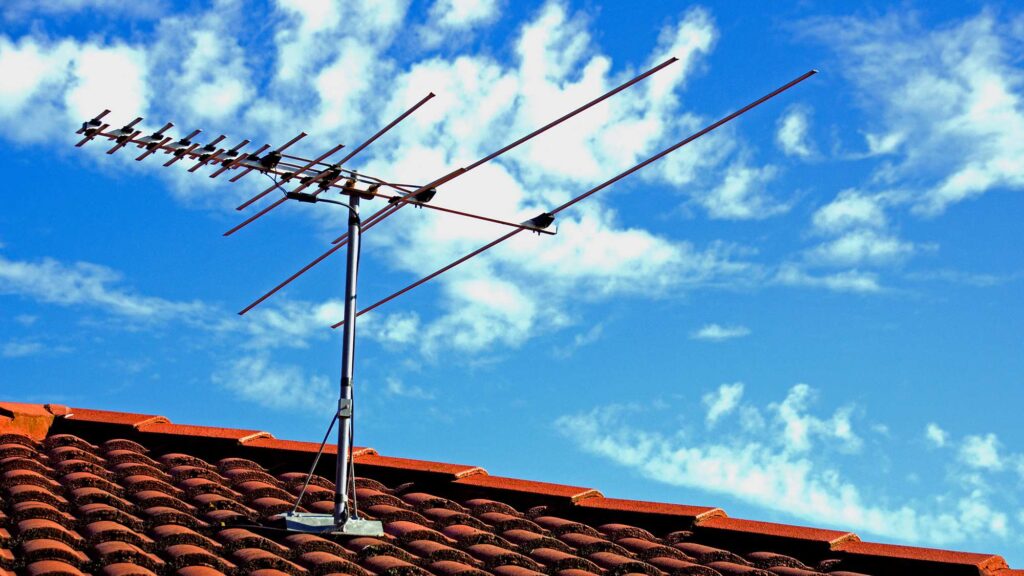
It is generally known that the antenna works best when it is at the highest possible altitude. For this reason, it is not planned to install the antenna in the basement or at such a lower altitude. So, in order for the signals to move smoothly, you need to place your antenna at the height that best suits the recipient.
Such positions are usually very clean, and by clean we mean nothing is located near the location, thus reducing the chances of bad external influences on the antenna. Laid in this way, the antennas should be turned in the direction of transmission towers and there should be no obstacles such as buildings, trees, etc. Nothing needs the antenna to stand in the way and so it will be in a perfect position.
If there were obstacles between its position and the towers, there would be a bad signal, pixelation or complete loss of the image. We must mention that if you are thinking about the attic as an ideal place for the antenna, think again before making a decision. Although it is located on a high place, the outer space (roof) is still a better option.
2. Aim it correctly
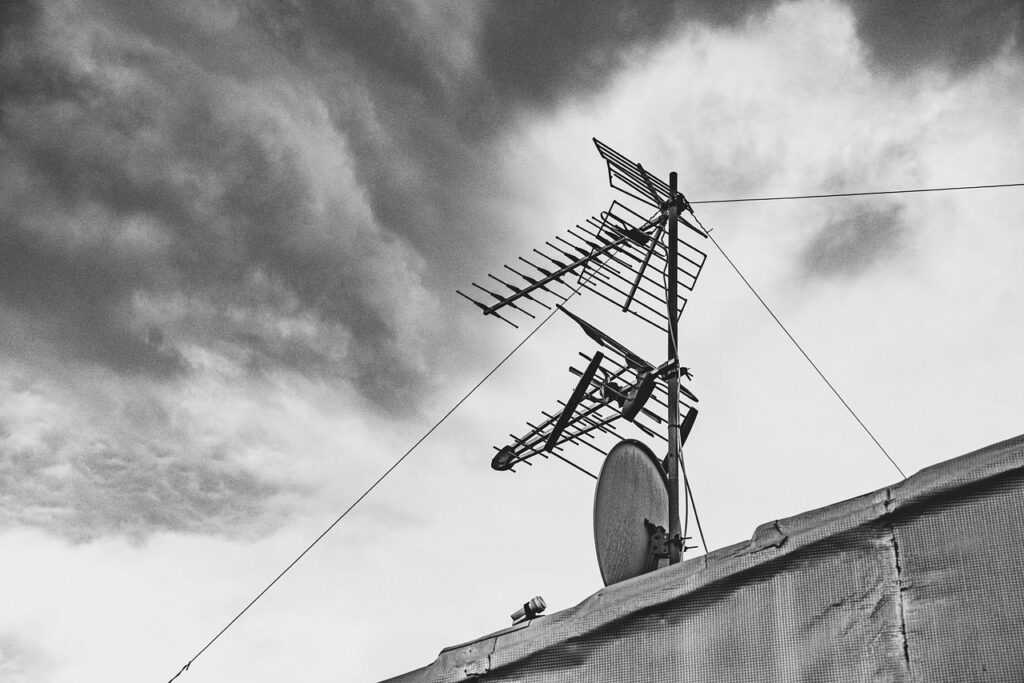
This is related to the previous part of the text, because we mentioned a lot of things about the position of the antenna there. However, we need to draw your attention to a few more things. First, there is a difference between unidirectional and multidirectional antennas (there are also omnidirectional).
Although they have in common that they have a very strong reception and require a clear focus, they still differ.
While one-way ones have a simpler application or respond to simpler needs and due to poor reception you only need to turn them in the right direction (towards the towers), these others require a slightly different approach.
Since they are two-way, you have to consider two things. The first thing is to use the tower website and use the app to determine the exact location. Another thing is that the antenna pole should stand vertically and in the right position, and do the same with the tools.
In order to be 100% accurate in this, it is best to ask for help a person who will be in front of the TV and lead you to a good picture while you are doing it. If you do not know how to do it yourself, call a professional. Visit here for all the necessary information.
3. Change the place where it stands
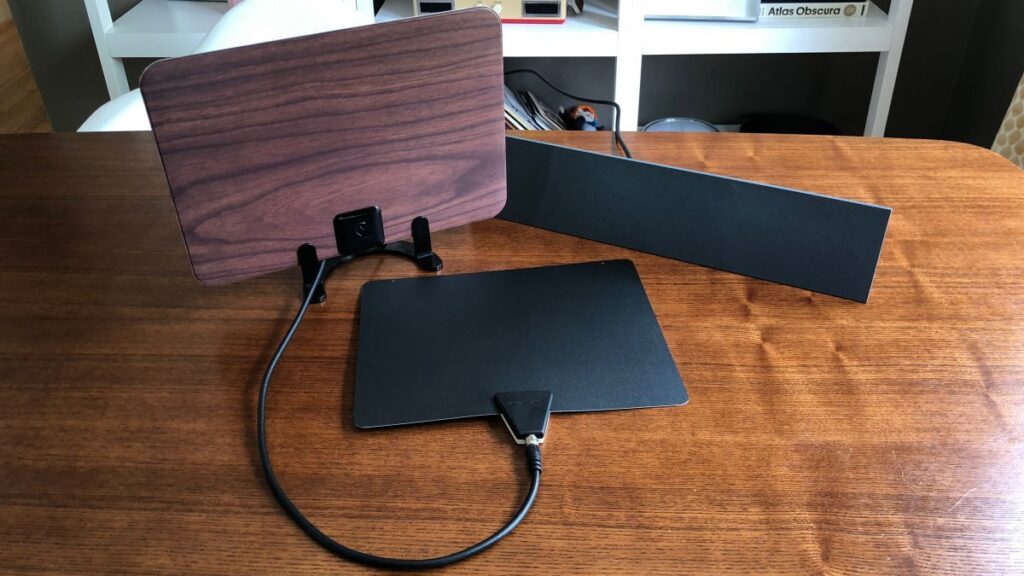
We have shown you how to change the antenna position correctly. However, sometimes you don’t have to commit to a difficult process right away. In the beginning, it is definitely enough to try the antenna by moving it very little, and in some cases, this can end in a surprisingly positive outcome.
However, if this is not helpful as well as a more serious move – you must try a new position in the house. You will simply have to move to another area, because there is certainly a certain obstacle in that part that blocks the signal.
4. Reset the tuner
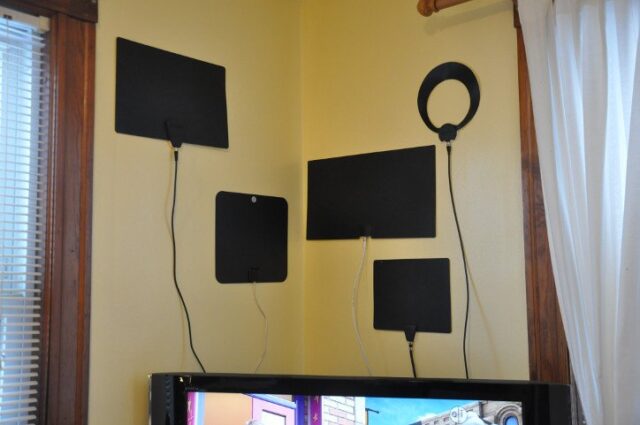
The digital tuner is responsible for converting the signal to the digital form displayed on your TV. It is located either inside or outside the TV and it contains certain information that is in charge of switching channels.
Therefore, it is necessary to work with him. Our advice is to try clearing his memory first and reset the information that way. Sometimes, simply due to a certain factor, the focus changes and the channel information changes. So try this before you call an expert or try a more serious approach.
However, sometimes you don’t even have to reset but do a regular channel reading, and if that doesn’t happen, reset. To do this you need to be consistent in the following steps: disconnect the coaxial cable, start scanning, turn off the TV then turn it on again and scan the channels.
5. Secure it properly
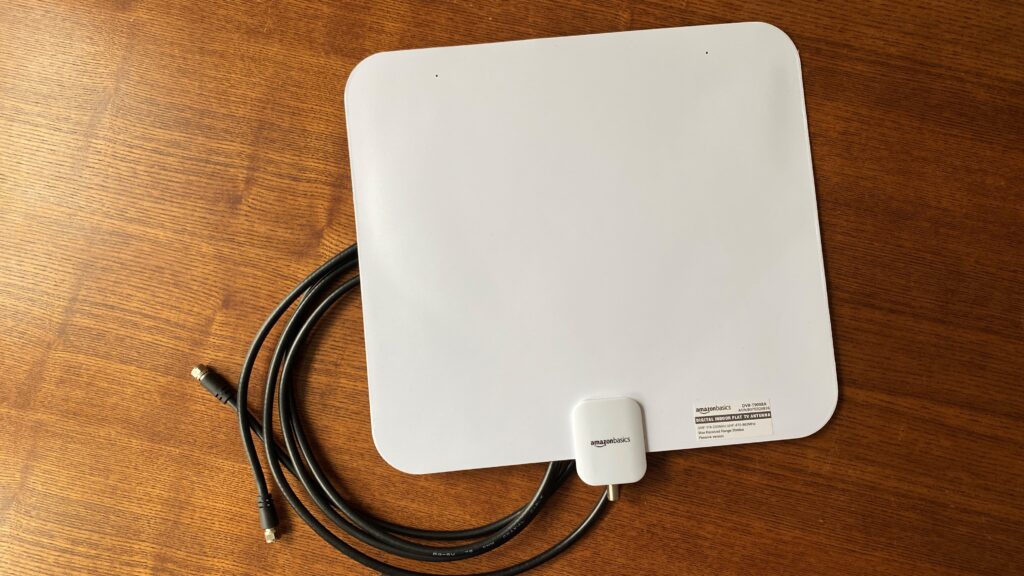
One of the biggest enemies of signals and your TV in general are the natural elements. The most common reason for poor reception are weather conditions such as rain, wind, hail, but also strong sun. Although the antenna is protected from that and designed to suit these weather conditions, some of its cheaper parts will not do well due to such phenomena.
So, our advice is to perform a regular antenna inspection, which you can do approximately once or twice a year. This way you will always know in what condition your antenna is, if something needs to be replaced, etc.
Things like this can break down right away and make you a problem, but mostly it will all start with rusty elements that only cause a problem after a while. That is why it is best to take all possible preventive measures.
Conclusion
We hope that some of the tips will be useful to you and that you will use this strategy to improve your TV. The most important thing is to analyze the problem well before taking any measures, however, antennas are sometimes unpredictable and the reason for the interference can be various factors that affect the signal reception. So sometimes it is, but often it is not a bigger challenge that you have to face.













